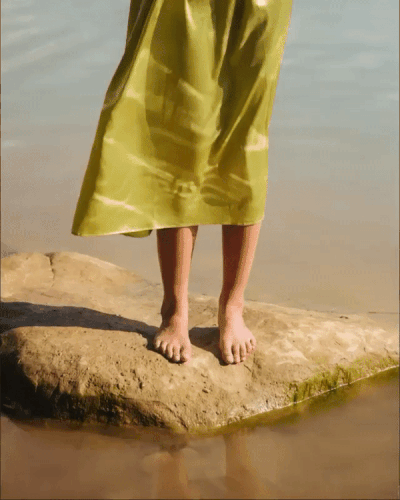We often drive ourselves in pursuit of large pleasures: traveling to a foreign country, shipping a disruptive project, going to a once-in-a-lifetime music event.
A cult of the exotic or unusual.
But there are other, many small pleasures lying around us that can bring us a wealth of joy, comfort, and creativity with little cost and effort.
“Small pleasures” as portrayed by the book of the same title written by The School of Life, are those things we enjoy but are currently underrated, or those we fail to pay enough attention to.
One fundamental issue with small pleasures is that we tend to get used to places, people, or activities, and things that are familiar lose their power to entice the imagination if we stop being aware.
Personal archive (2020)
“If anyone can have it, if it’s easy to come by at home, if it’s a pleasure that’s best repeated, then it can’t be important. Yet the fact is, many of the things that do give us satisfaction have just this character.”
As a practice of noticing, after reading this book and also seeing Austin Kleon’s logbook, I started journaling random things or happenings on a daily basis, and here are some in no particular order:
Deep breaths
Feeling warm sunlight hitting you on a cold winter day
Flowers
Fresh bread
Long hugs
Sitting at a bench and people-watching
Old photos
Trying food ingredients or meals you have never tasted before (like nutritional yeast which I had never tried until recently but is amazing on popcorn)
Laughing loudly
A beautiful ceramic plate
Being awake at dawn
The voice of loved one
Going to a park
A glass of cold water
Guessing the exact word someone was going to say
A good night’s rest
Lighting candles
Fresh orange juice
A well-made bed
Lying on the grass
Long walks
Reading a book in one sitting
Gazing at the sky
Dancing
A good stretch
Twinkle lights
A bicycle ride
The sound of waves
Fresh herbs
A day with no plans
Walking barefoot
Nice stationery
Chocolate
A nap
Falling into research rabbit holes
A facial massage
Figs
Movie night
The farmers market
Learning a new word
Fixing something
Starting a conversation
Dressing up for no reason
Watering plants
A refillable fountain pen
Reading poetry
Essential oils
Music playlists
Observing trees
Discovering the work of someone inspiring
And the list could go on forever.
What is important is that we begin to map the things that bring us pleasure and enjoyment, no matter how small they are (step 1). The point isn’t simply to note them but to understand why we like them – which intensifies and deepens the satisfaction they offer.
The map of our personal delights probably speaks greatly about what we love, and ultimately, who we are.
These pleasures give us more creativity, happiness, and inspiration.
But we tend to leave the reality of experiencing them very much to chance. We need to make a consistent space for small pleasures in our daily life, making them part of our plans (step 2).
As pointed out in the book, “our collective model of a good life tends to focus on career progress and financial management”. Those are things we actively seek out. Why don’t we do the same for small pleasures?
Ideally, we’d schedule more appointments. We’d put it in our plans: Sunday 10 am, staring at the sky. We’d create rituals from them so we can experience them with more frequency when we work, play, and rest.
The normal attitude to small pleasures is to think that they are, individually, perfectly nice but that they are rather insignificant. They come at random into our lives. We savor them for a moment, and then they’re gone.
However, “small pleasures turn out not to be small at all: they are points of access to the great themes of our lives.” (p. 9)
@silviagilroldan
References:
The School of Life Press. (2016) Small Pleasures.



